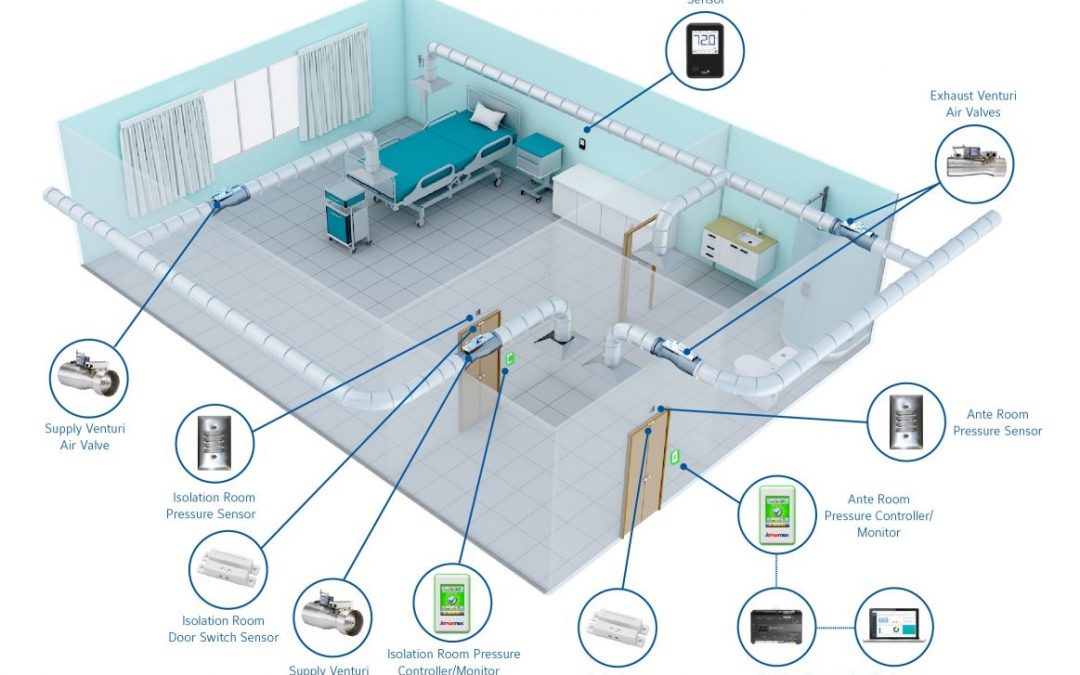

The document may also serve as a useful resourceįor educating health-care workers about tuberculosis. In health-care settings-including workers, patients, volunteers,Īnd visitors. Recommendations for reducing the risk of transmission to persons Tuberculosis transmission in health-care settings and to make The purpose of this document is to review the mode and risk of Ventilation and industrial hygiene, respiratory therapy, nursing, Infection-control and hospital epidemiology, microbiology, Tuberculosis, acquired immunodeficiency syndrome, This document was prepared in consultation with experts in Transmission in all health-care settings may be impossible,Īdhering to these guidelines should minimize the risk to persons Tuberculous infection and tuberculosis, and g) promptlyĪlthough completely eliminating the risk of tuberculosis Tuberculosis, f) screening health-care-facility personnel for

Microbial contamination of the air, e) providing isolation roomsįor persons with, or suspected of having, infectious Preventive therapy, d) maintaining physical measures to reduce Tuberculosis and tuberculous infection, b) providing rapidĭiagnostic services, c) prescribing appropriate curative and Transmission should include a) screening patients for active Specific actions to reduce the risk of tuberculosis Given to any of these approaches, the probability of tuberculosis Experience has shown that when inadequate attention is Health-care-facility personnel for tuberculosis and tuberculous

Reduction of the number of infectious droplet nuclei in airĬontaminated with them, and d) surveillance of General air circulation by applying source-control methods, c) Prevention of the spread of infectious droplet nuclei into the Of persons with tuberculous infection and active tuberculosis, b) Particles (droplet nuclei) by early identification and treatment Used: a) prevention of the generation of infectious airborne Settings requires that all of the following basic approaches be The prevention of tuberculosis transmission in health-care Minimize the risk of tuberculosis transmission in their Policies and procedures, and determine the actions necessary to Receive care should periodically review their tuberculosis Health-careįacilities in which persons at high risk for tuberculosis work or Tuberculosis (acid-fast bacilli (AFB)) isolation. Unrecognized pulmonary or laryngeal tuberculosis who are not onĮffective antituberculosis therapy and have not been placed in Transmission is most likely to occur from patients with Pentamidine (AP) treatments) are being performed. With HIV infection receive care, especially settings in whichĬough-inducing procedures (e.g., sputum induction and aerosolized Preventing tuberculosis transmission in settings in which persons Health-care workers should be particularly alert to the need for Persons with HIV infection is of particular concern because theyĪre at high risk of developing active tuberculosis if infected. High risk of tuberculosis among persons infected with the human Increases in tuberculosis cases in many areas are related to the Heightened concern about nosocomial transmission. Multidrug-resistant strains of Mycobacterium tuberculosis, have Health-care settings, including outbreaks involving Several recent outbreaks of tuberculosis in The transmission of tuberculosis is a recognized risk in In Health-Care Settings, with Special Focus on HIV-Related Issues Guidelines for Preventing the Transmission of Tuberculosis For assistance, please send e-mail to: Type 508 Accommodation and the title of the report in the subject line of e-mail. Persons using assistive technology might not be able to fully access information in this file.


 0 kommentar(er)
0 kommentar(er)
